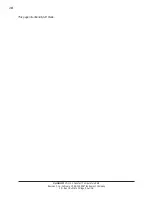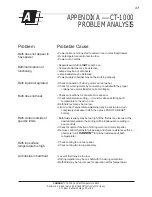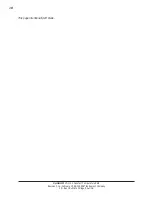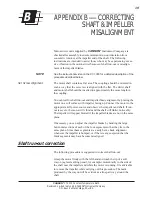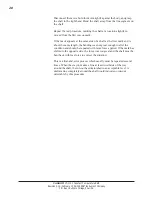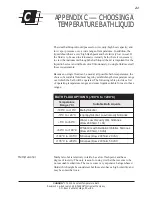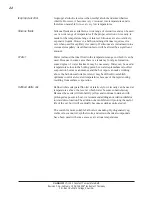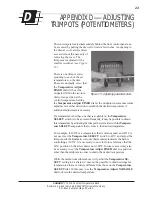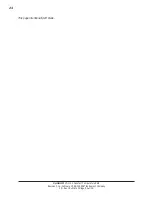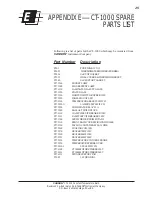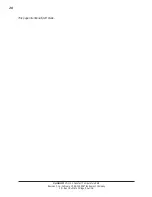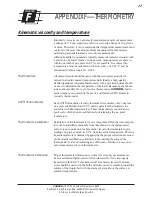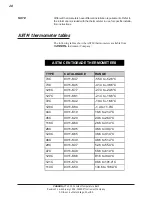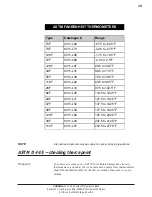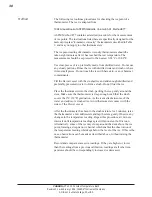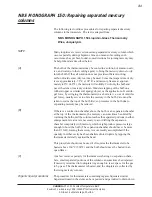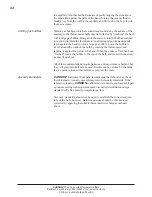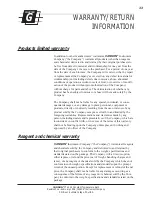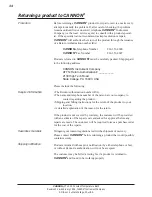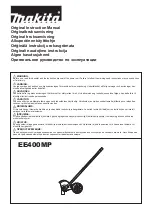
30
CANNON
®
CT-1000 Constant Temperature Bath
Revision 3.1a—February, 1998;
CANNON
®
Instrument Company
P.O . Box 16 • State College, PA • USA
Method
The following text outlines procedures for checking the ice point of a
thermometer. The text is adapted from:
1994 Annual Book of ASTM Standards, Volume 05.01, Method E77
ASTM Method E77 contains a detailed procedure for the measurement
of ice points. The instructions listed here are specifically designed for the
mercury-in-glass “kinematic viscosity” thermometers described in Table
2, and may not apply to other thermometers.
The ice point reading of kinematic viscosity thermometers should be
taken eight minutes after it has reached the test temperature. The
measurement should be expressed to the nearest 0.01°C or 0.02°F.
Use clear pieces of ice, preferably made from distilled water. Do not use
any cloudy portions. Rinse the ice with distilled water and crush or shave
it into small pieces. Do not touch the ice with bare skin, or any chemical
contaminants.
Fill the Dewar vessel with the crushed ice and add enough distilled (and
preferably precooled) water to form a slush. Do not float the ice.
Place the thermometer into the slush, packing the ice gently around the
stem. Make sure the thermometer is deep enough such that the slush
covers the 0°C (32°F) graduation. As the ice melts drain some of the
water and add more crushed ice. Avoid thermometer contact with the
sides of the Dewar vessel.
After the thermometer has been in the slush mixture for 3 minutes, raise
the thermometer a few millimeters and tap the stem gently. Observe any
changes in the temperature reading. Repeat this procedure at 1 minute
intervals until temperature readings agree within one tenth of division.
Alternatively, some of the ice may clump around the stem above the ice
point, forming a deep narrow channel which enables the observation of
the temperature reading while kept below the level of the ice. If this is the
case, observations can be made as described above, without raising the
thermometer.
Record and compare successive readings. If they are higher or lower
than the readings from a previous calibration, readings at all other tem-
peratures should be correspondingly increased or decreased.

